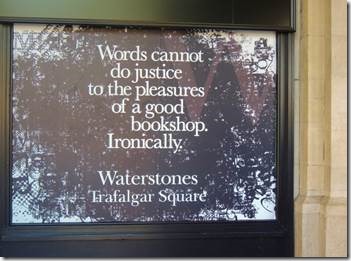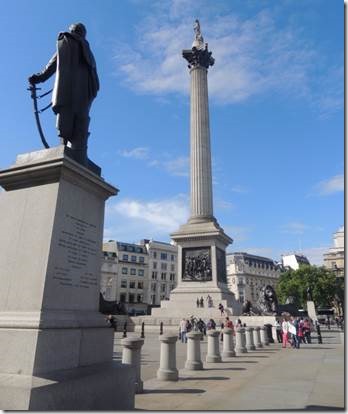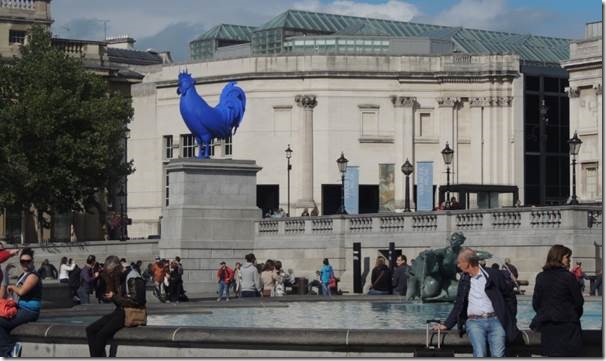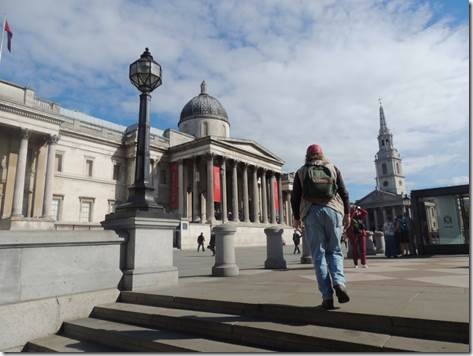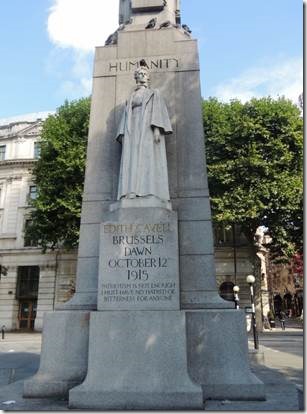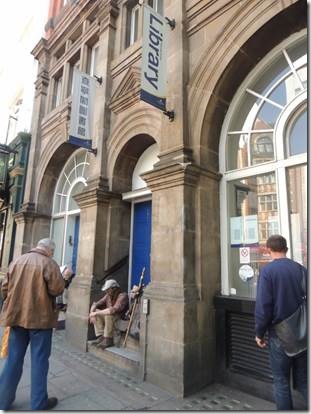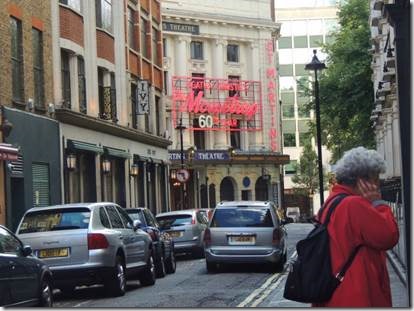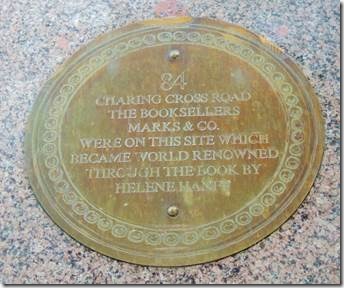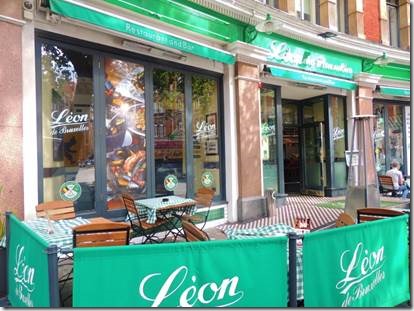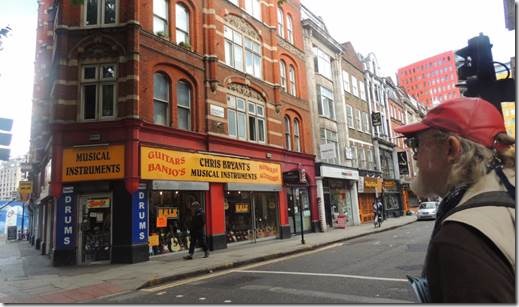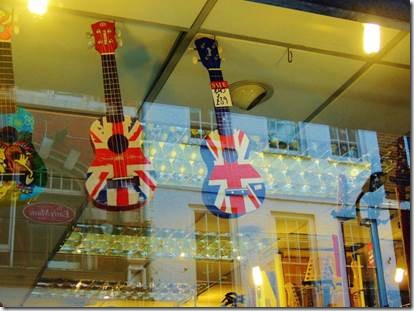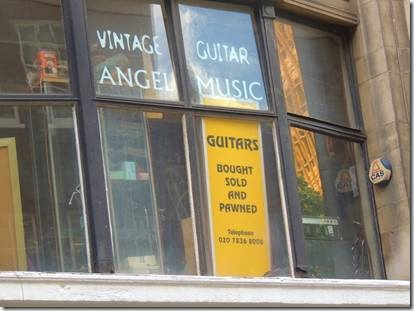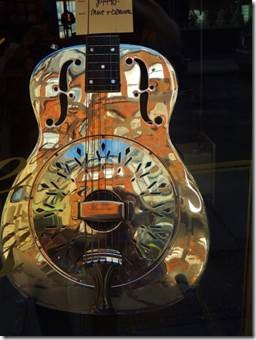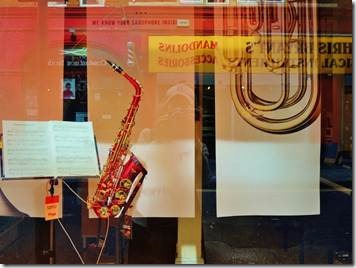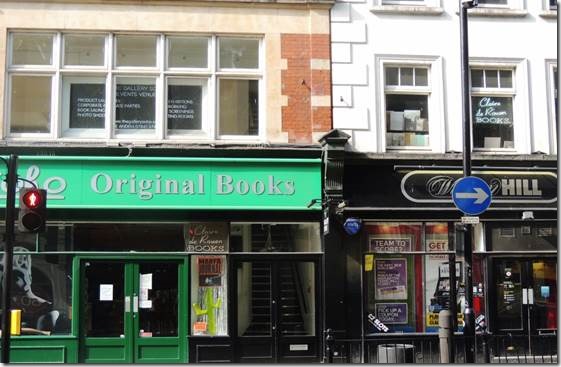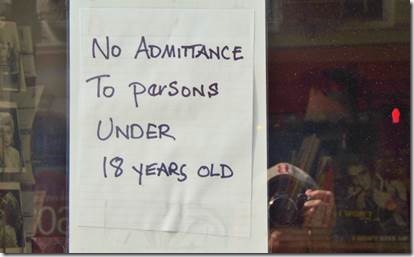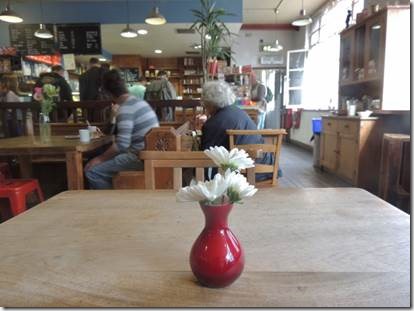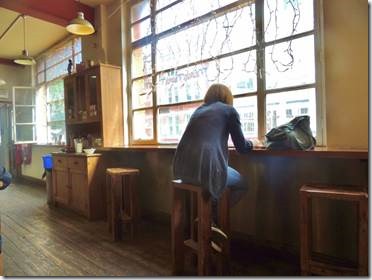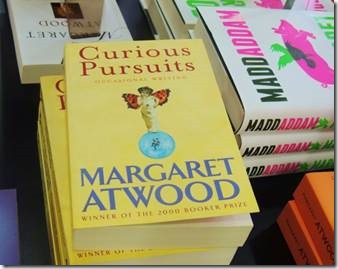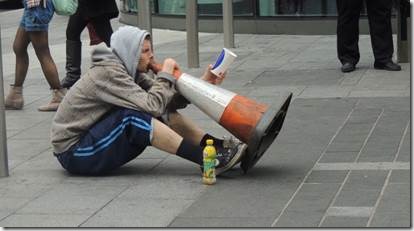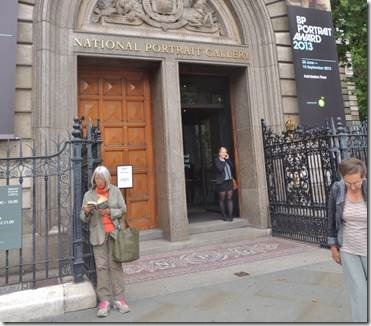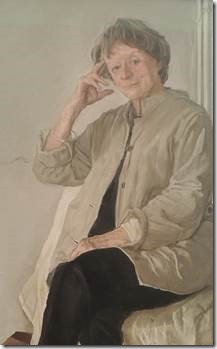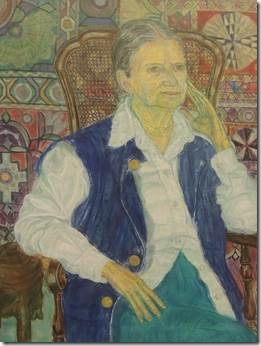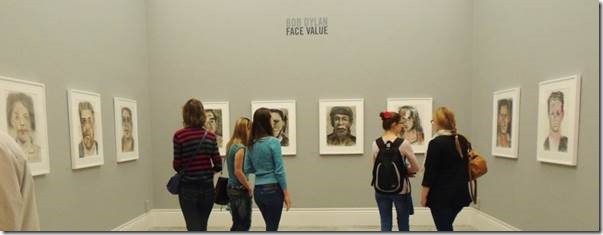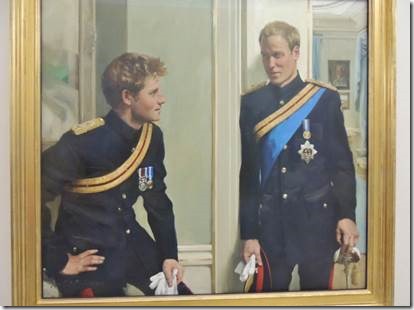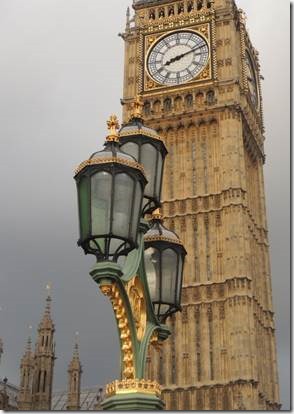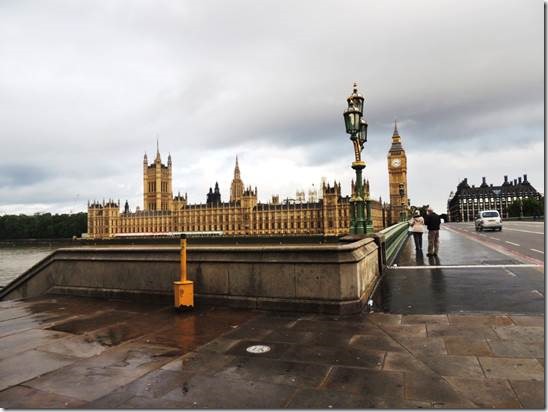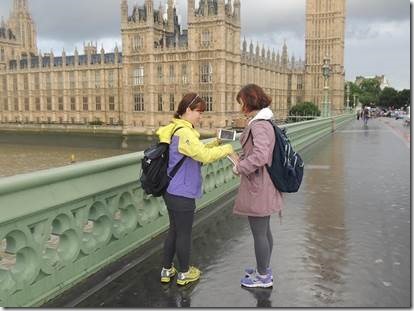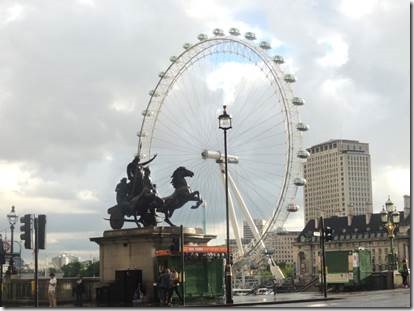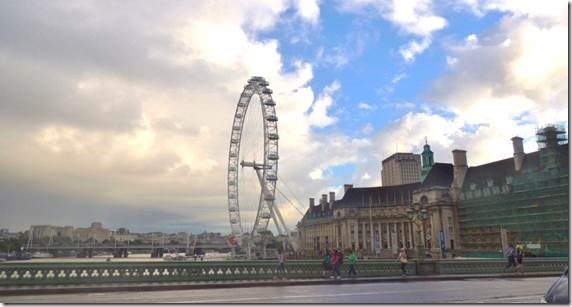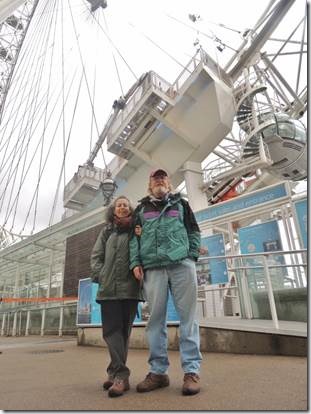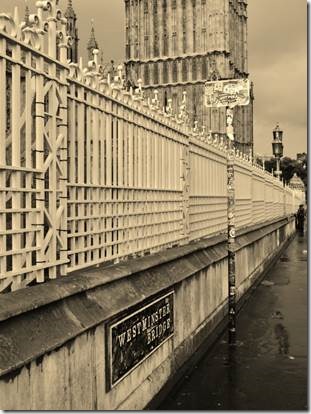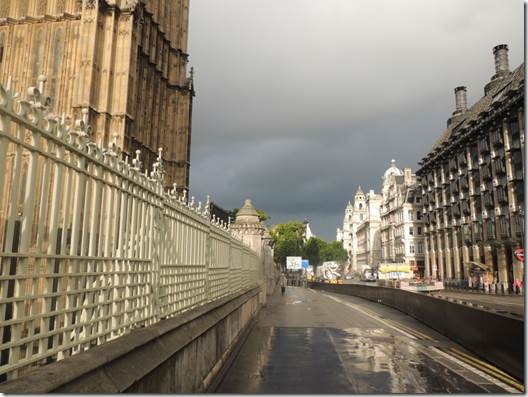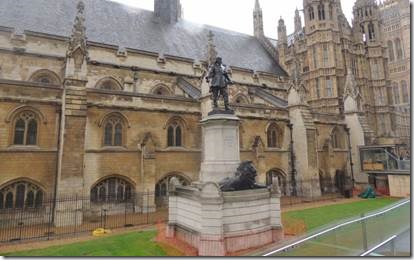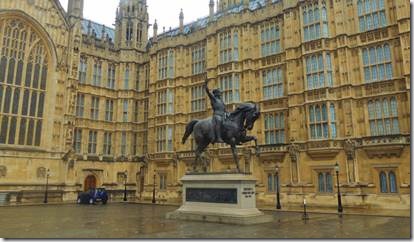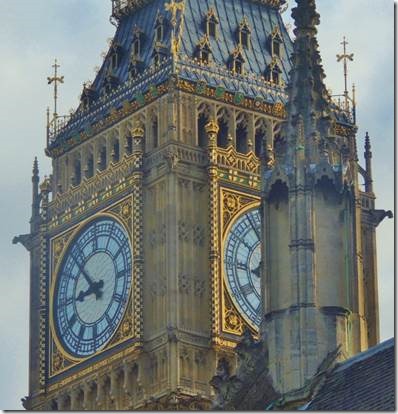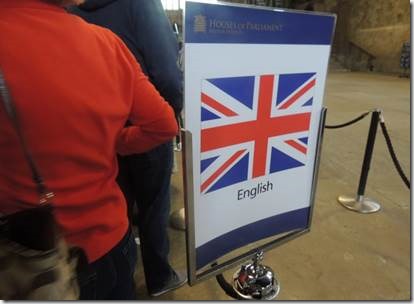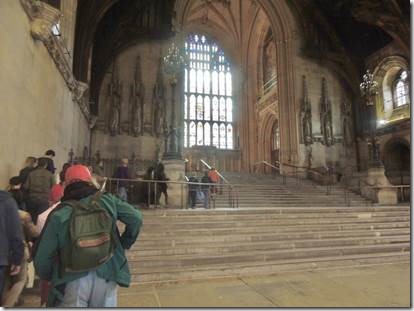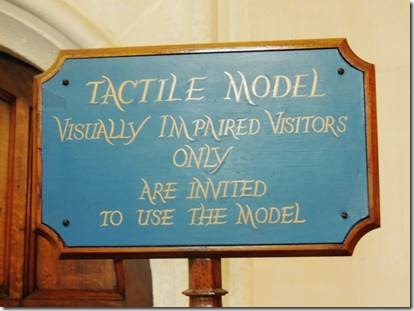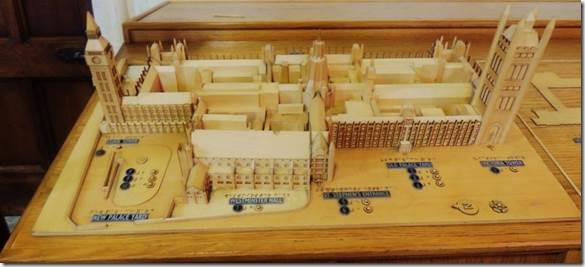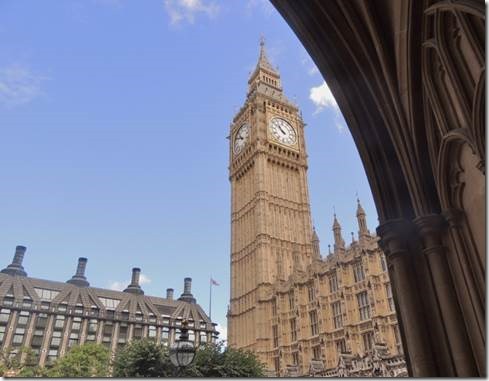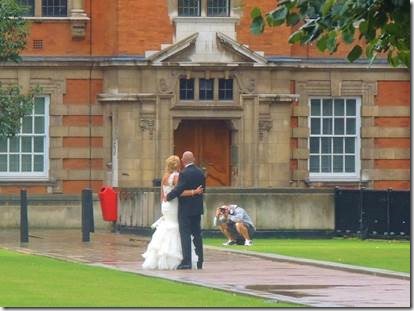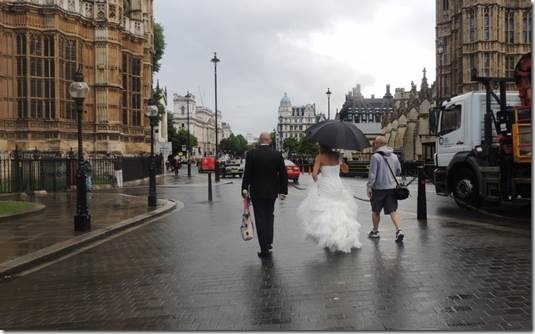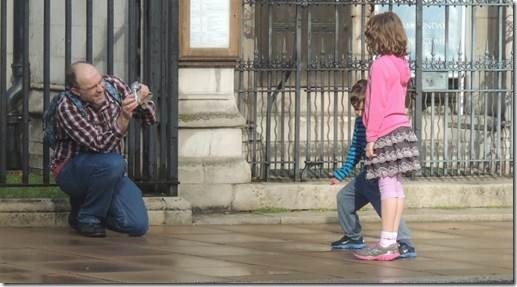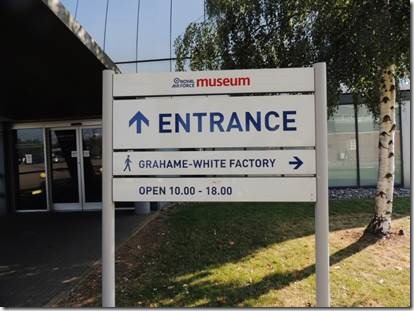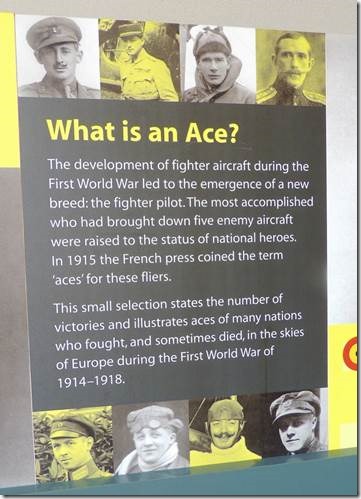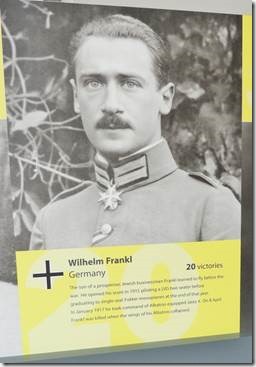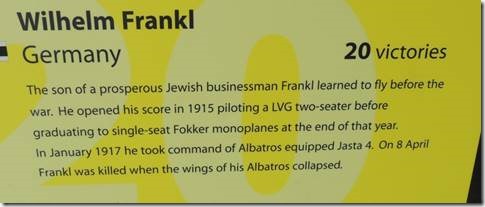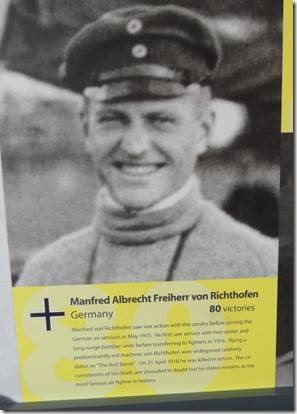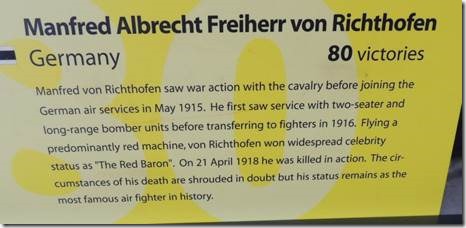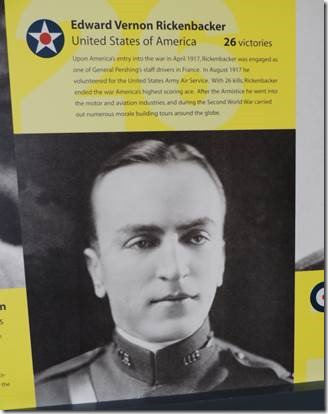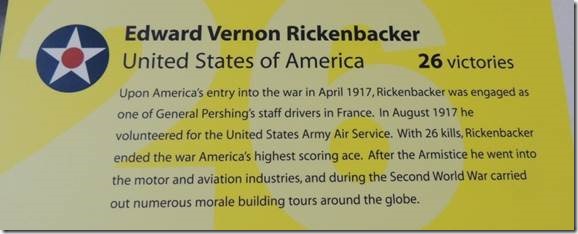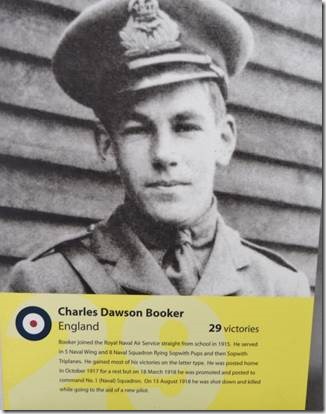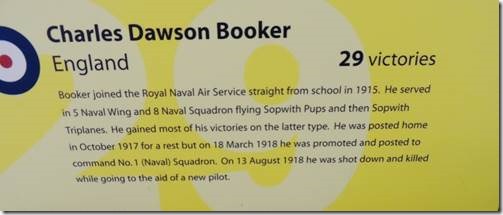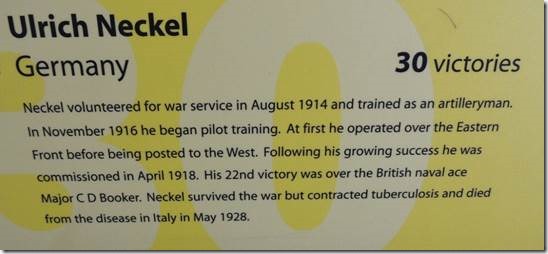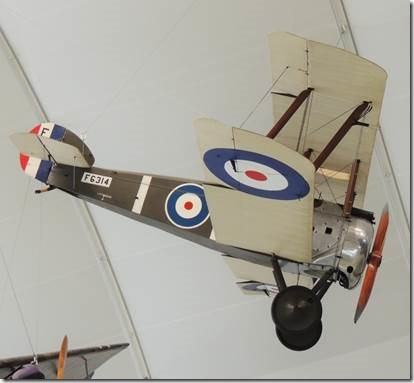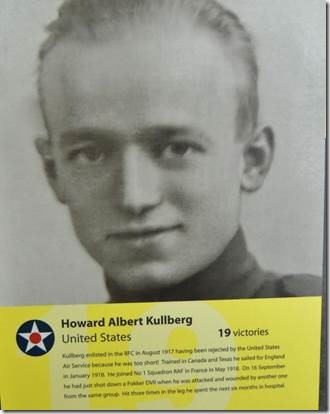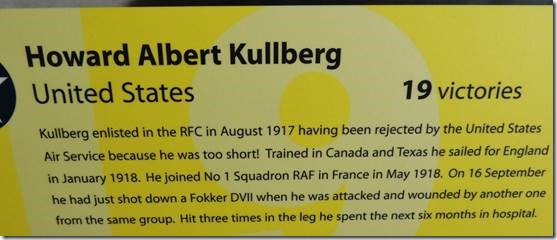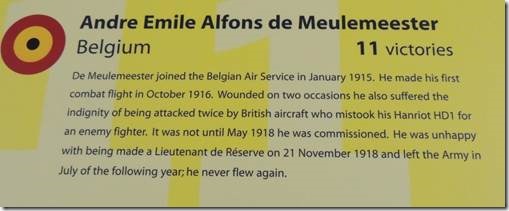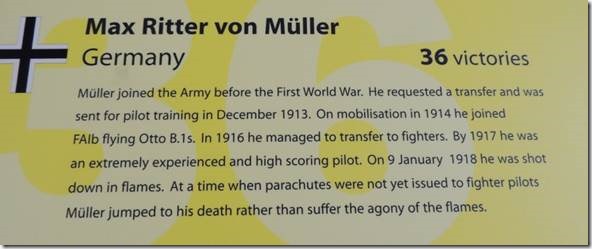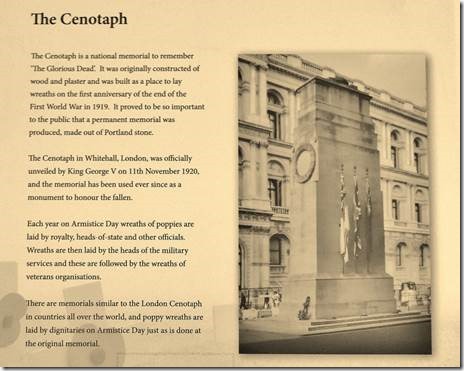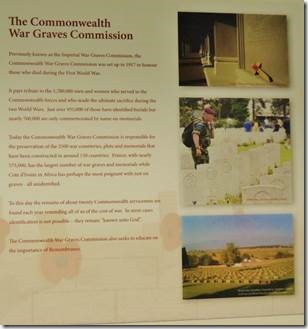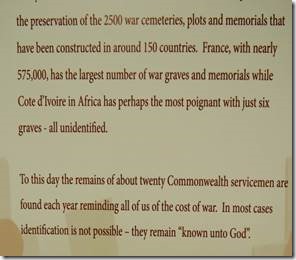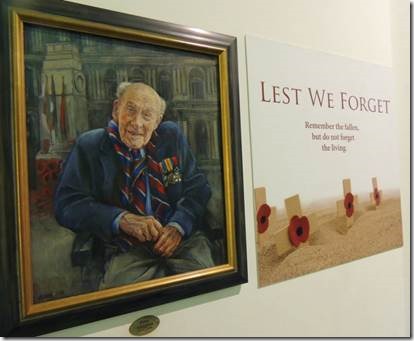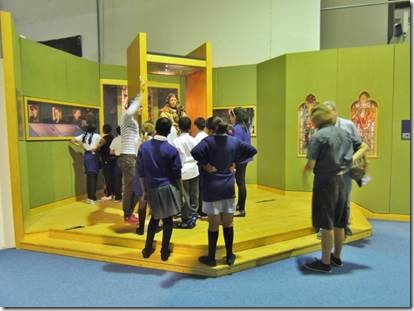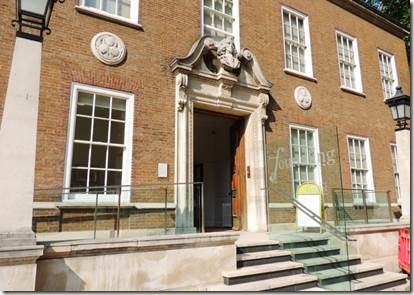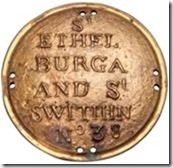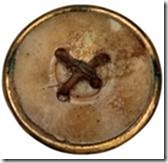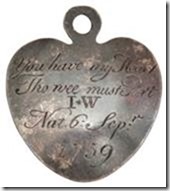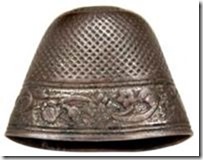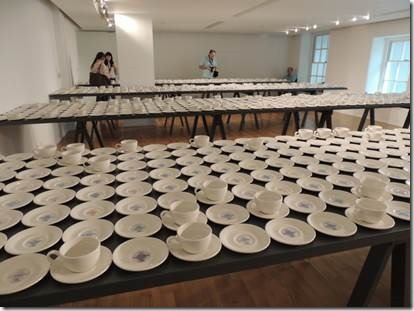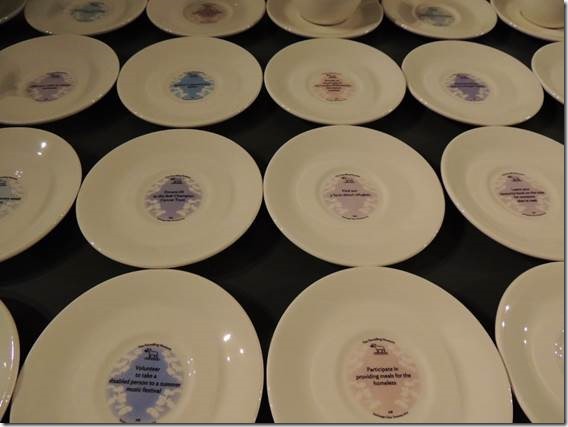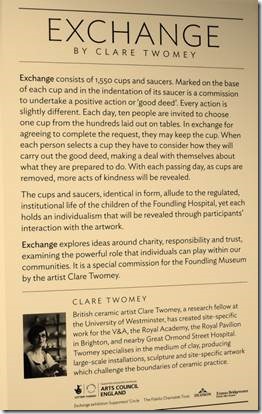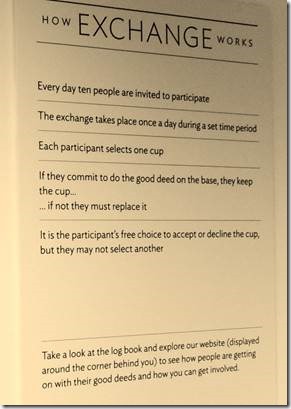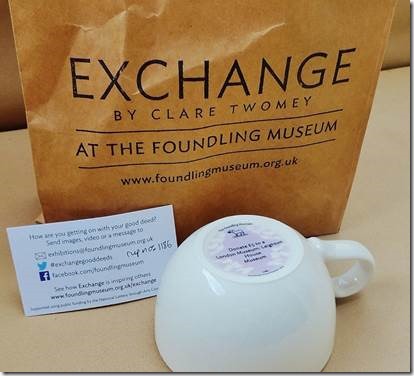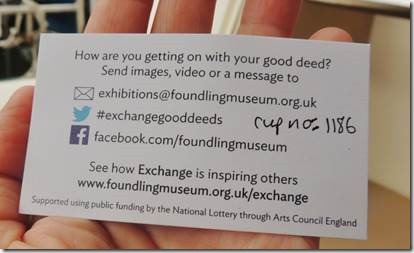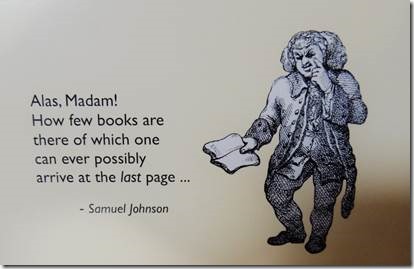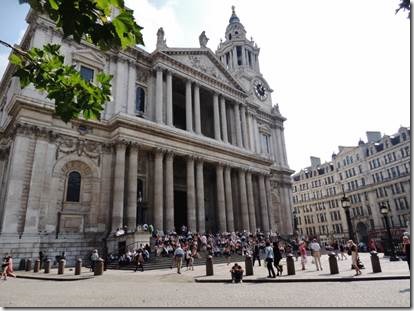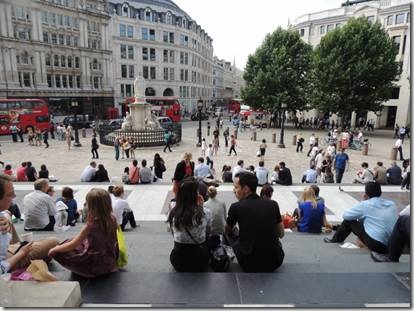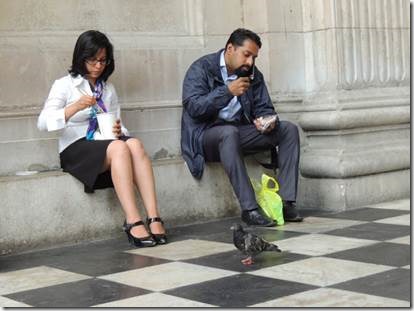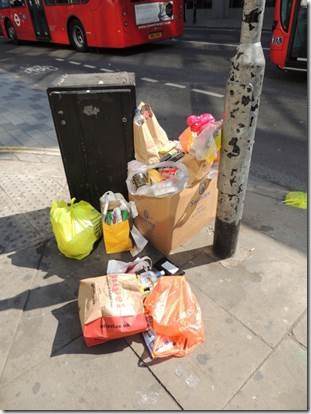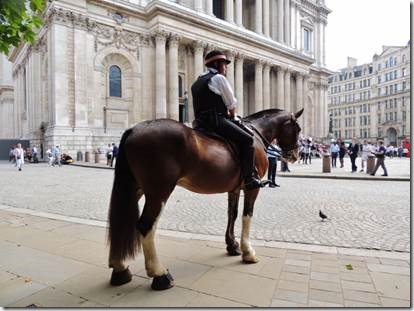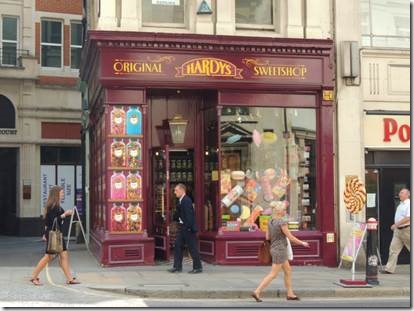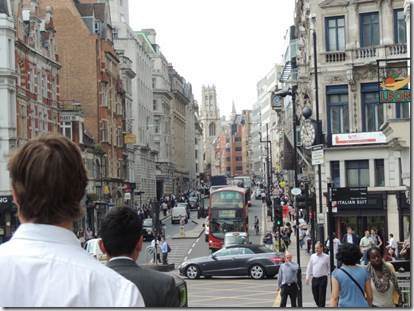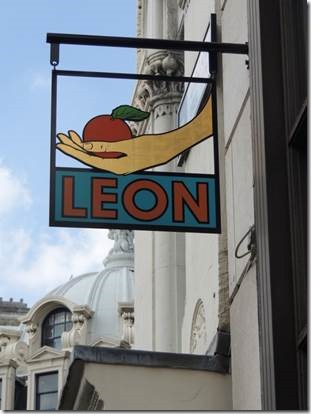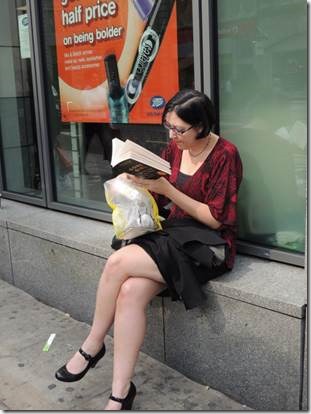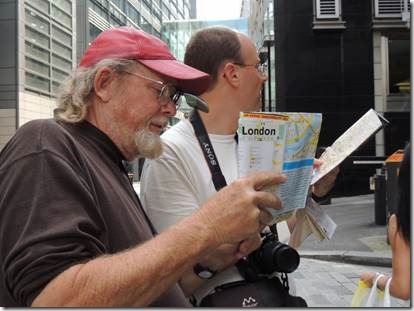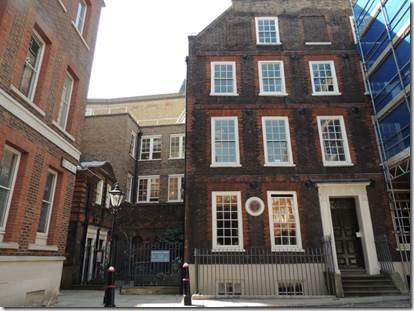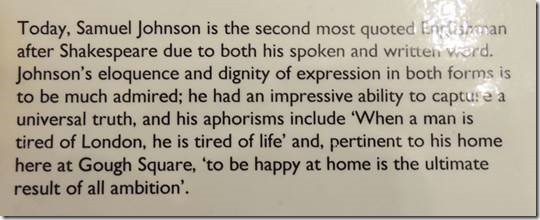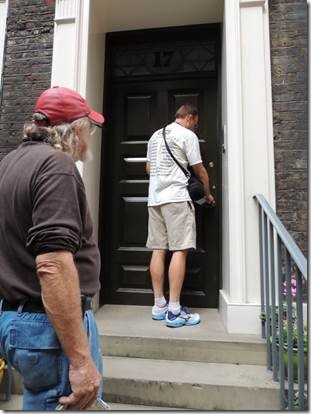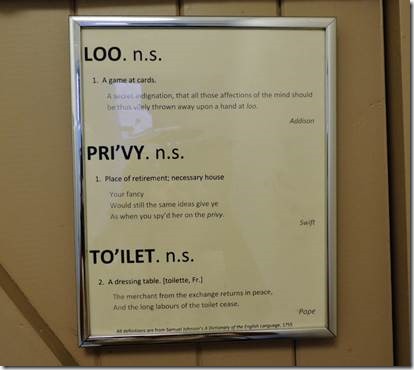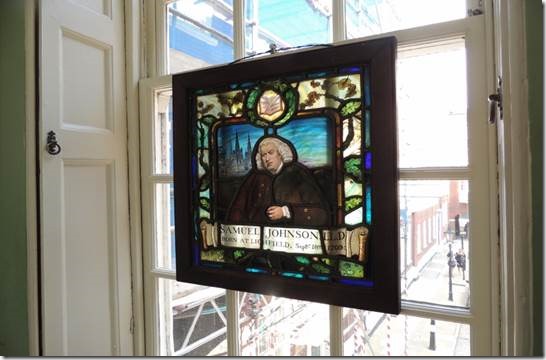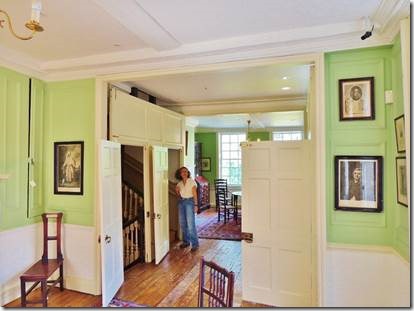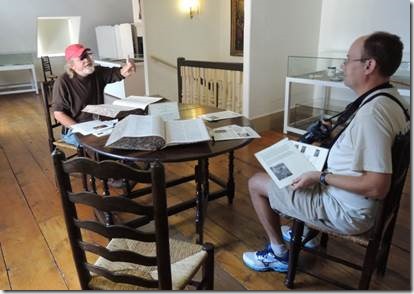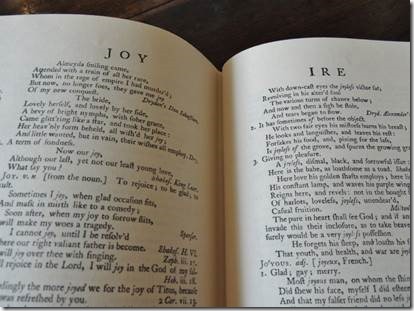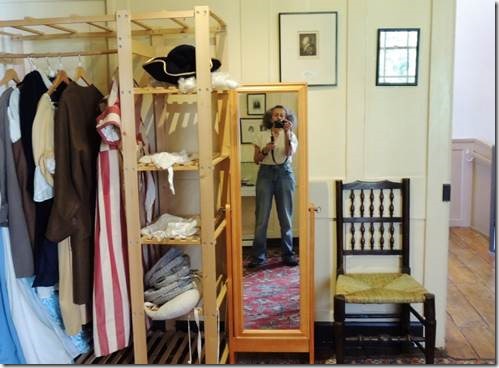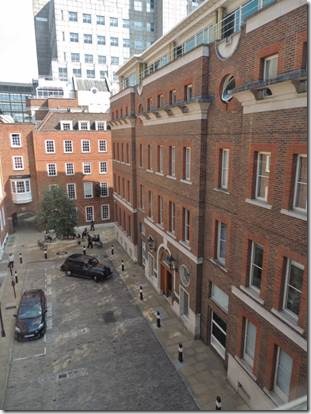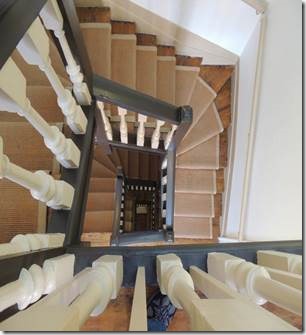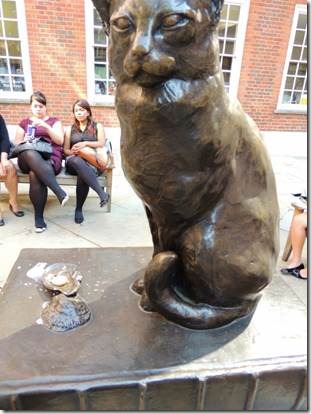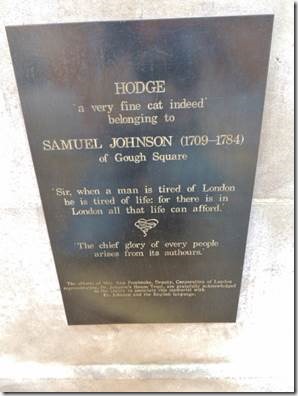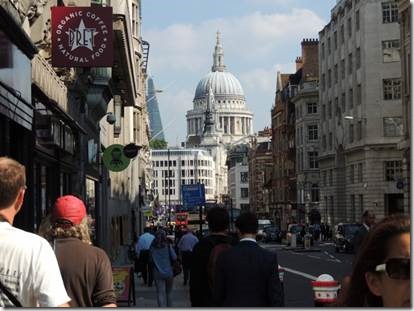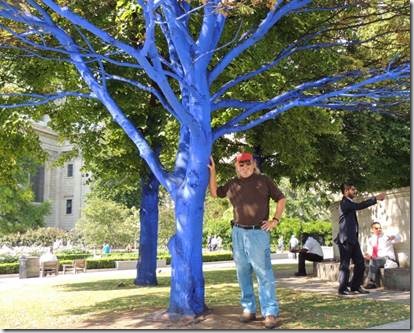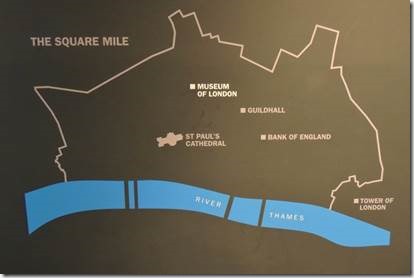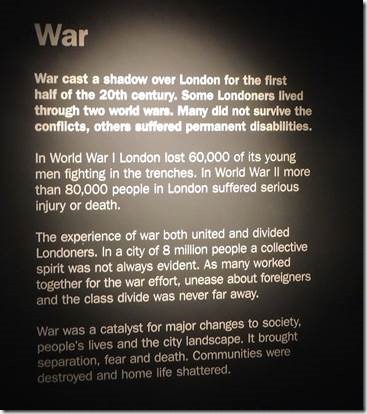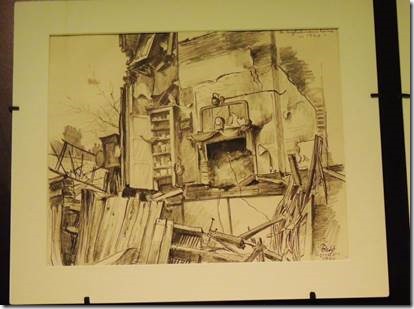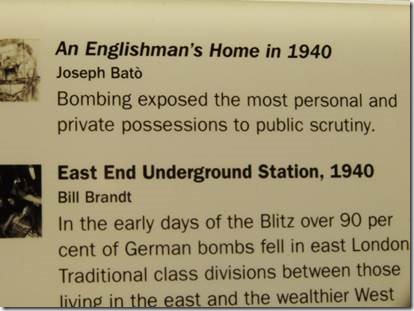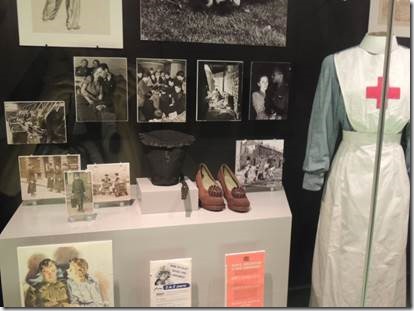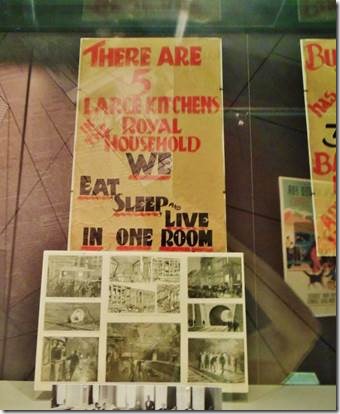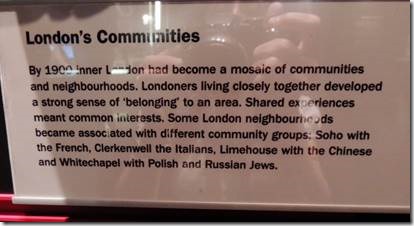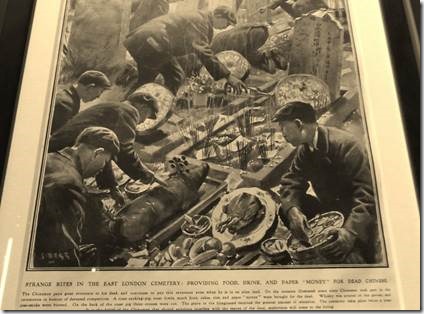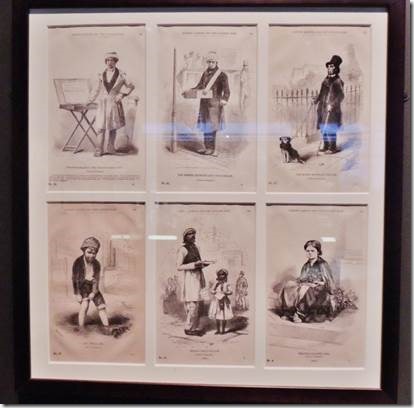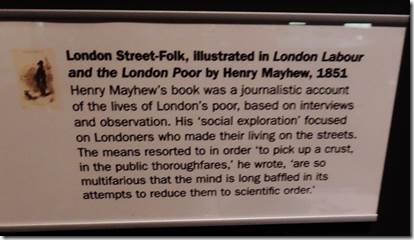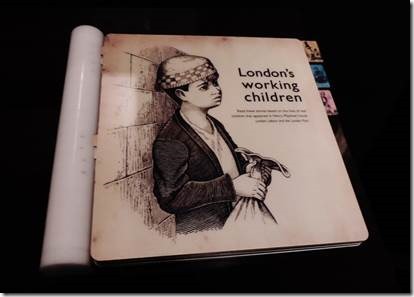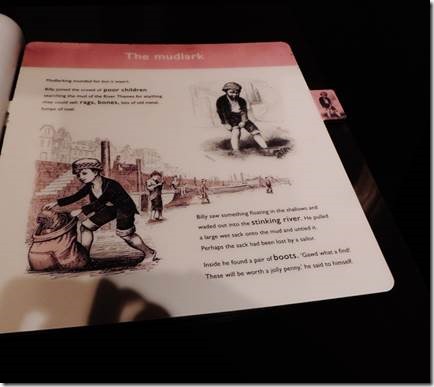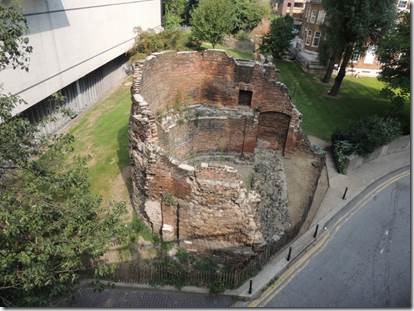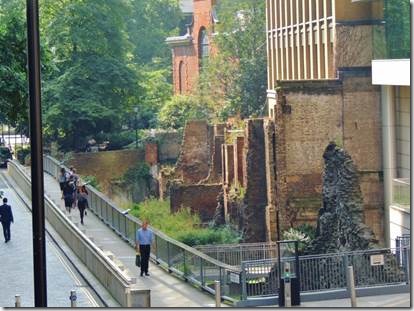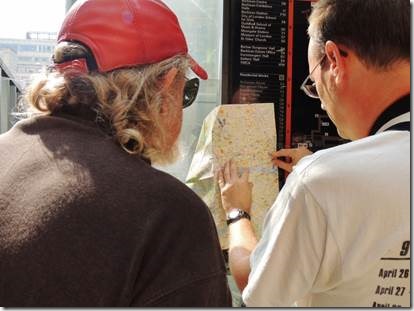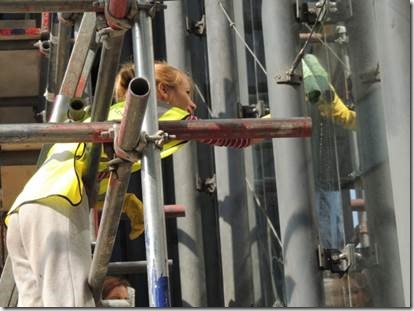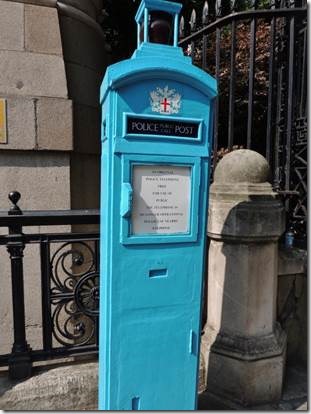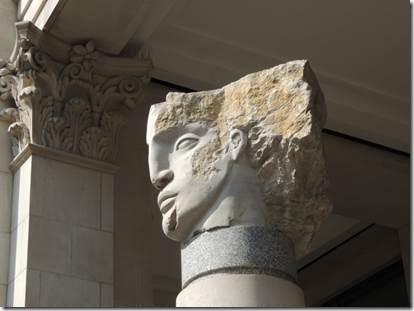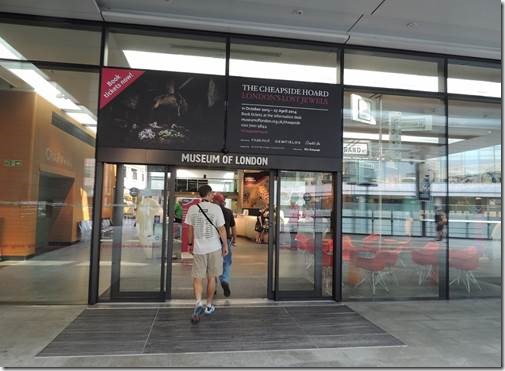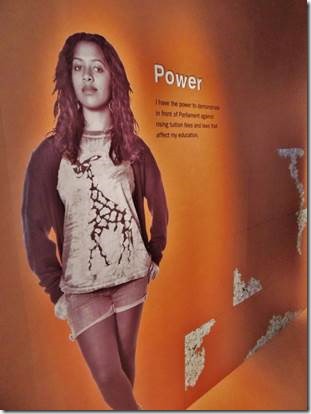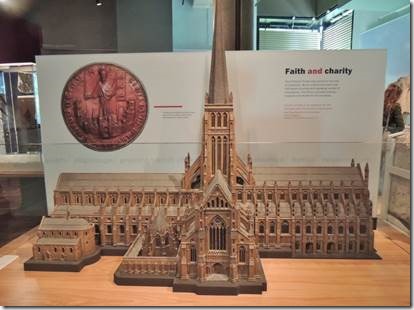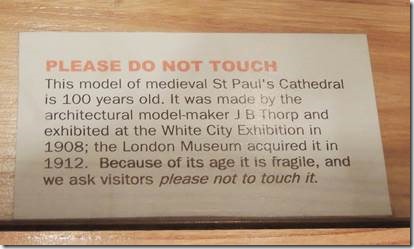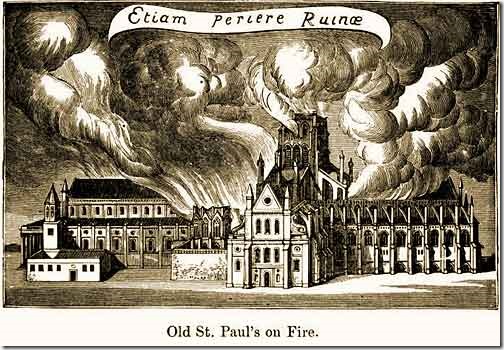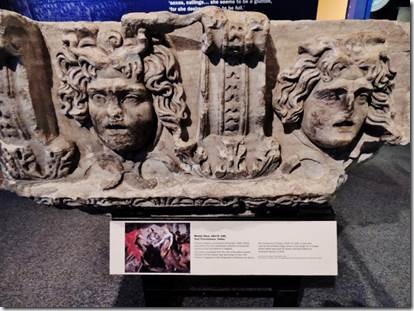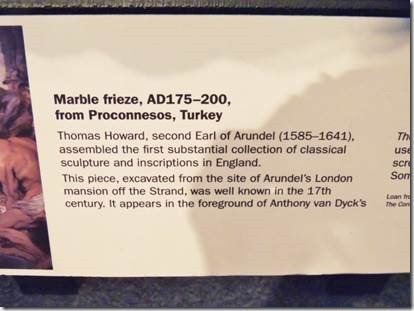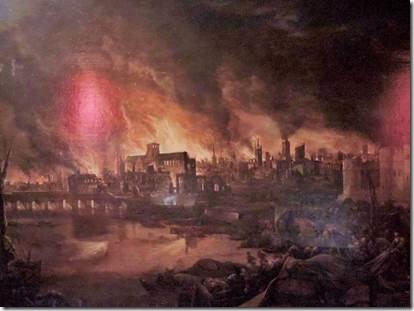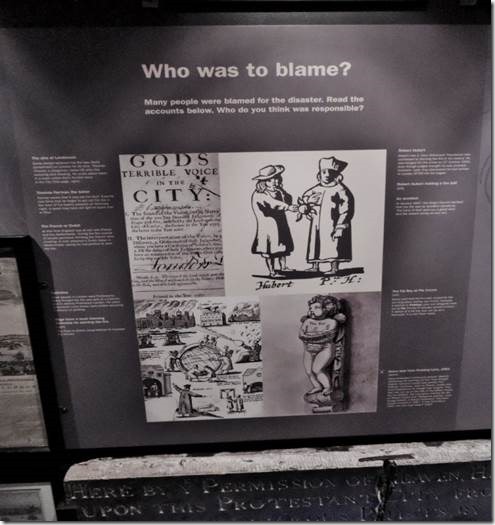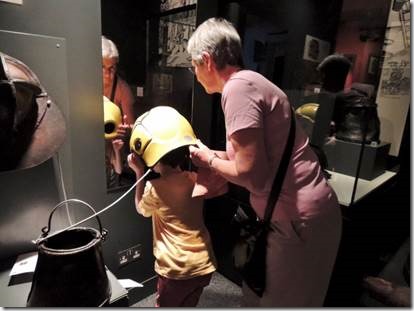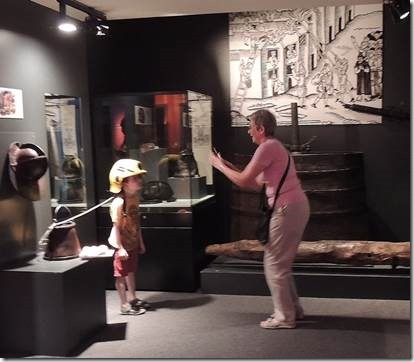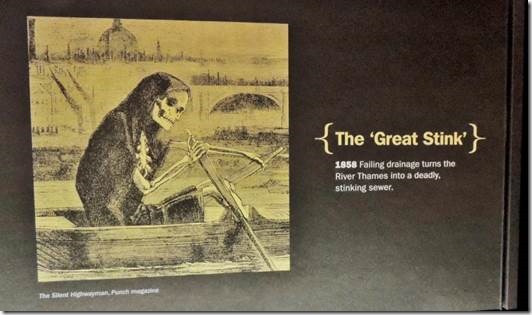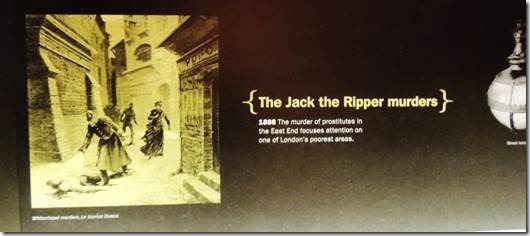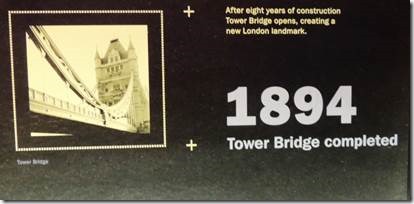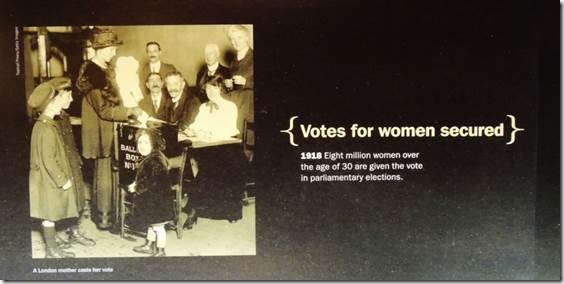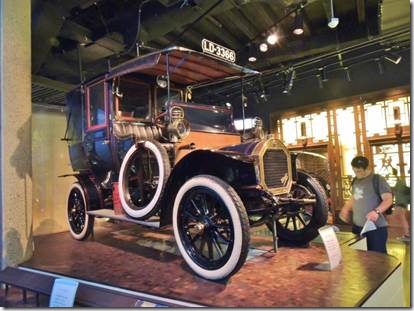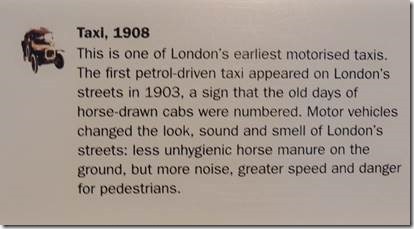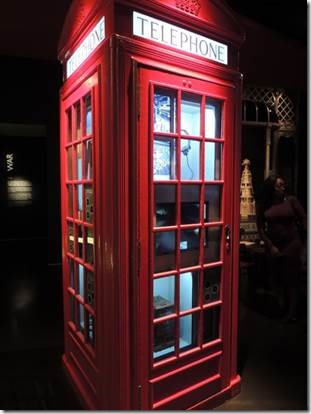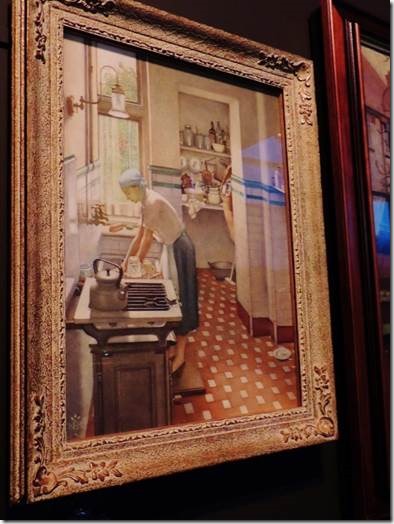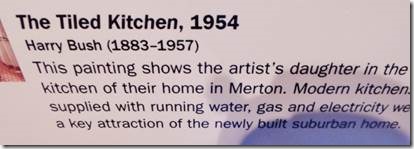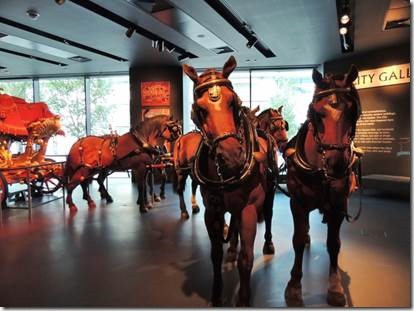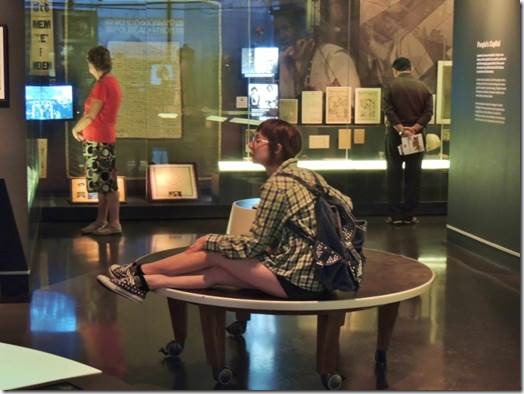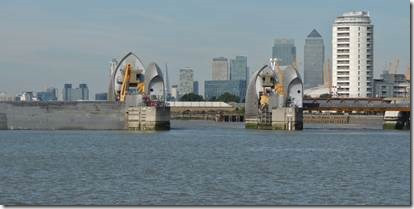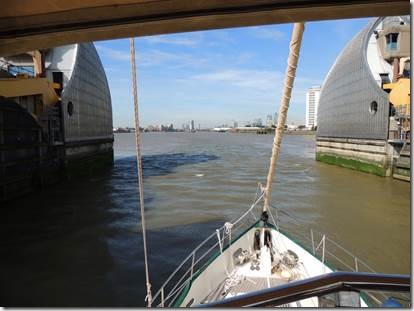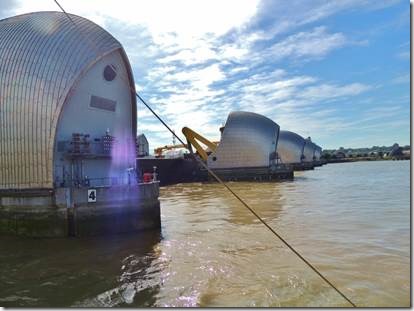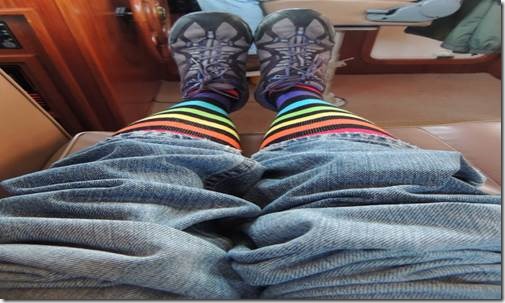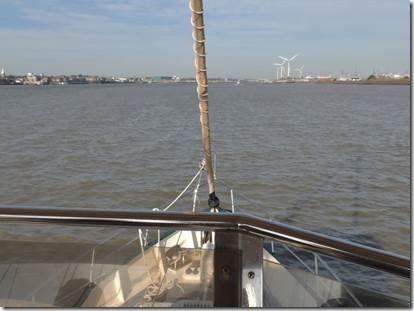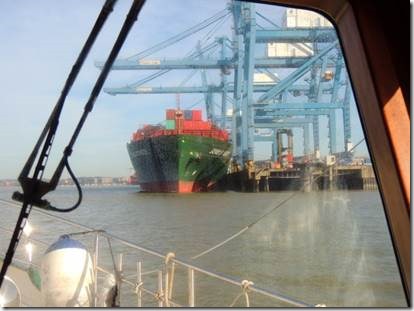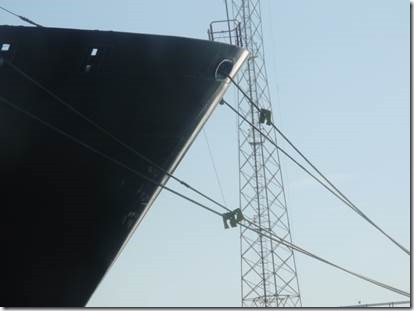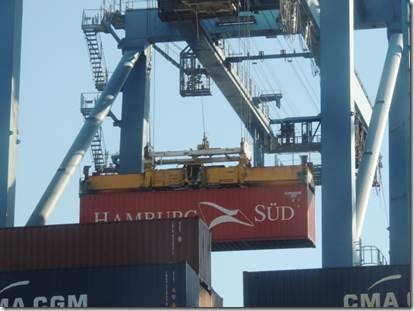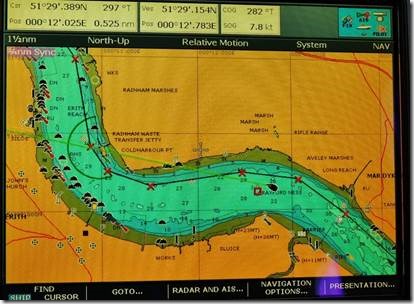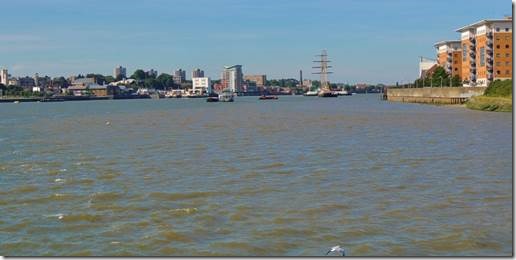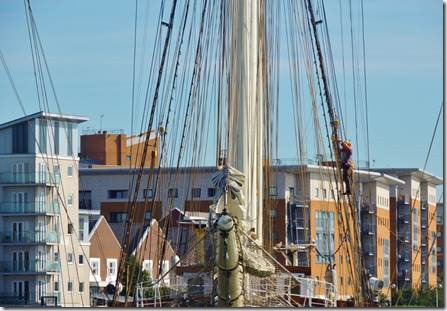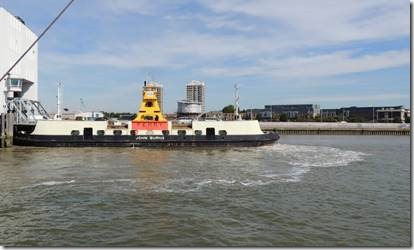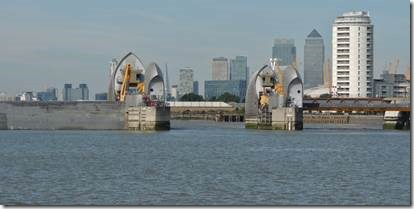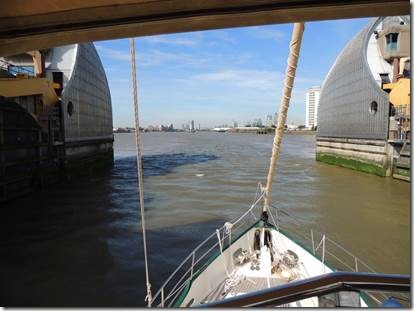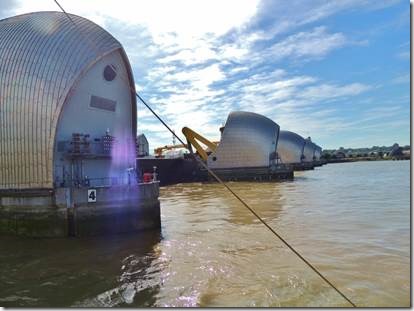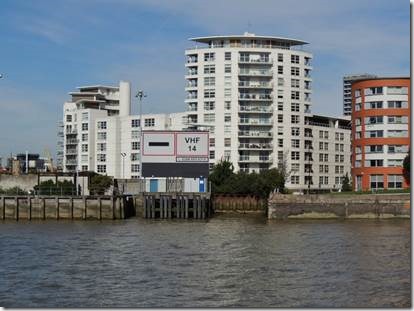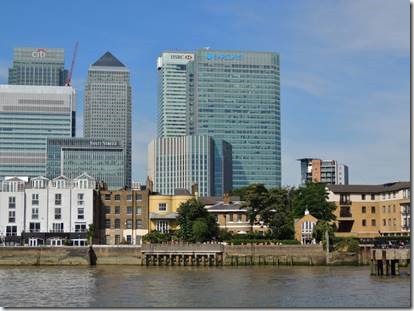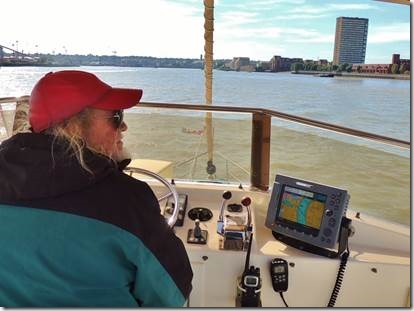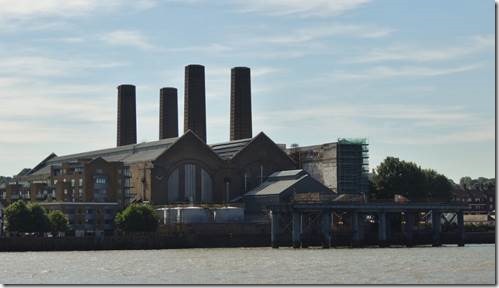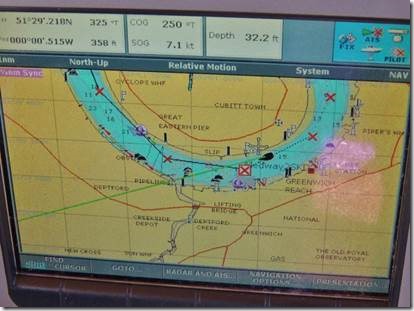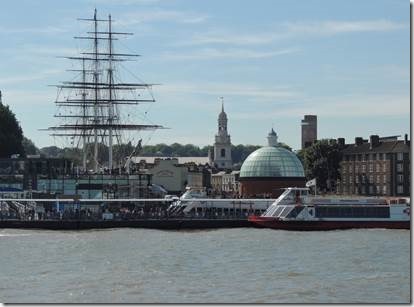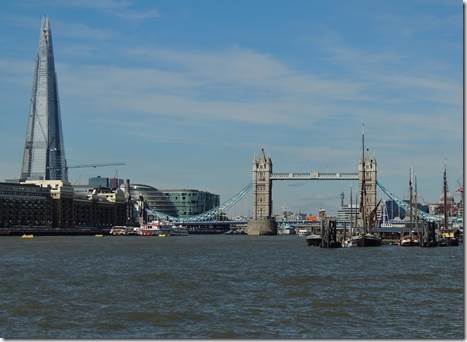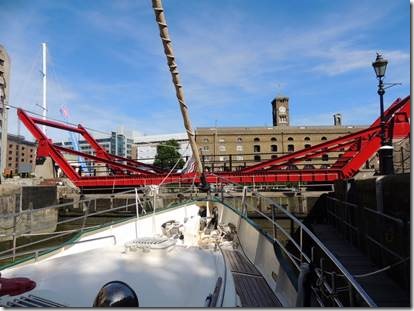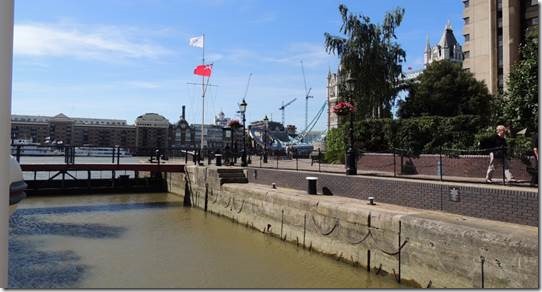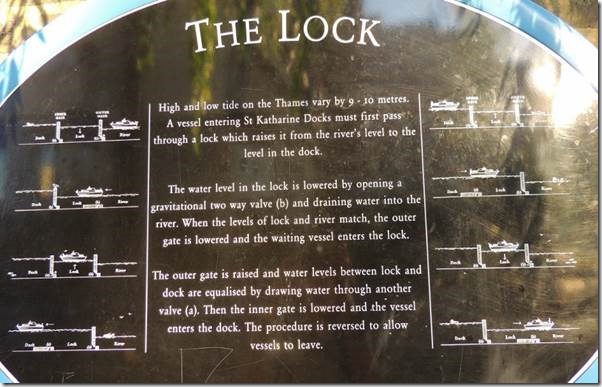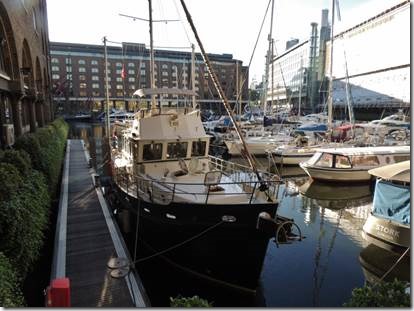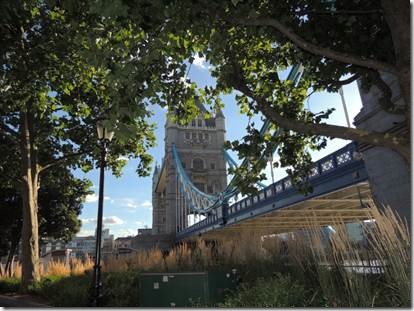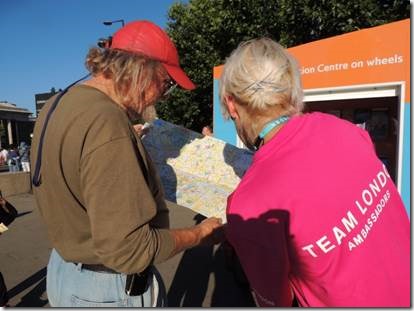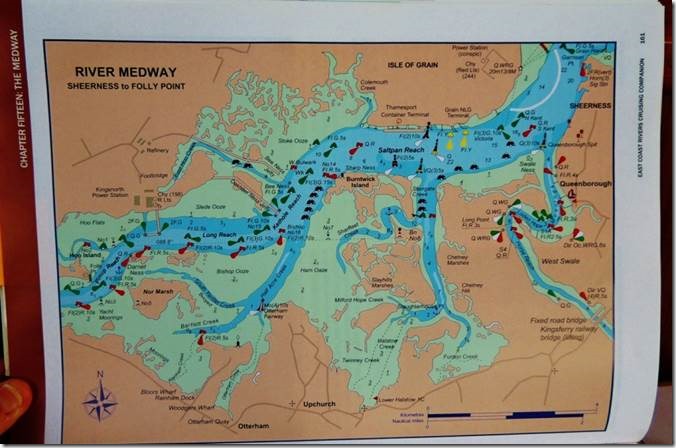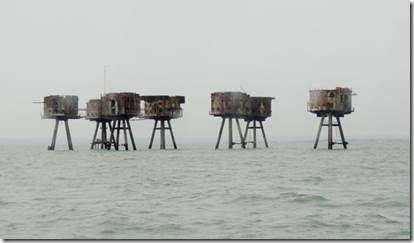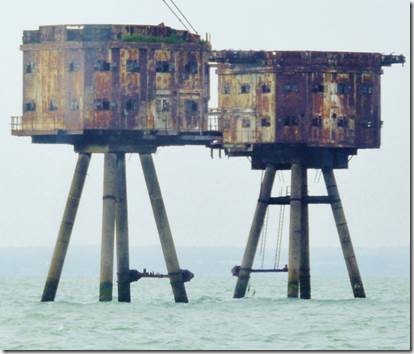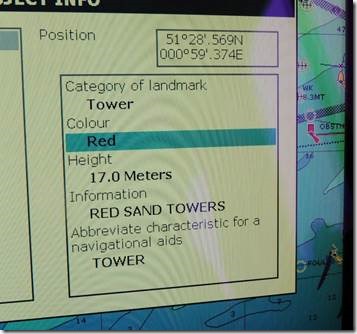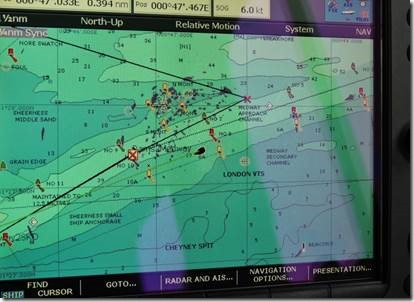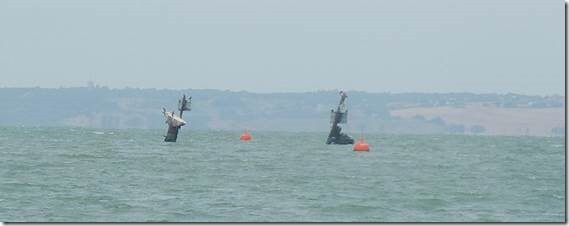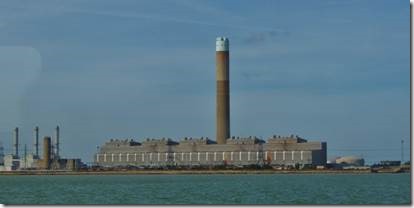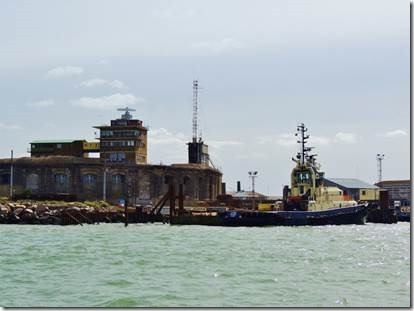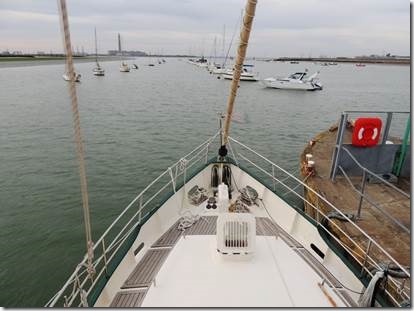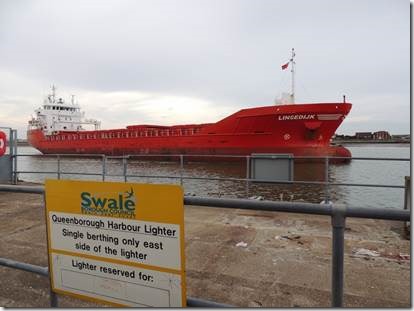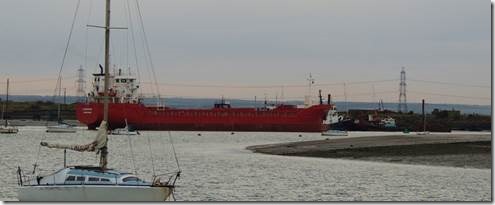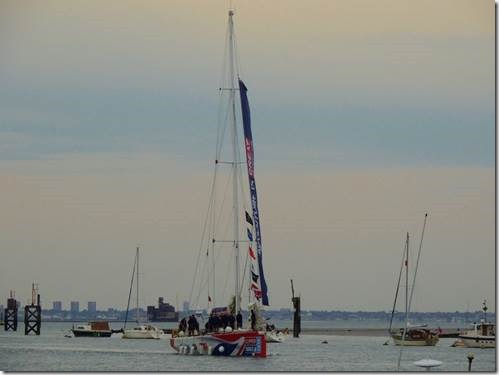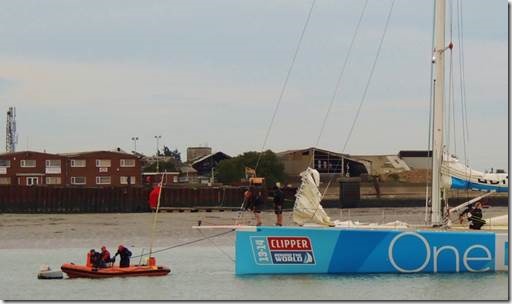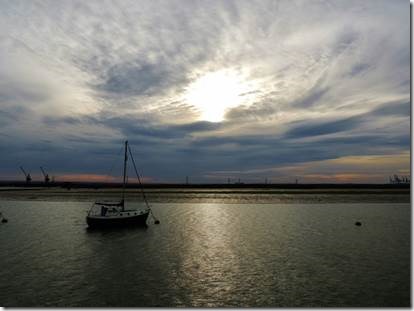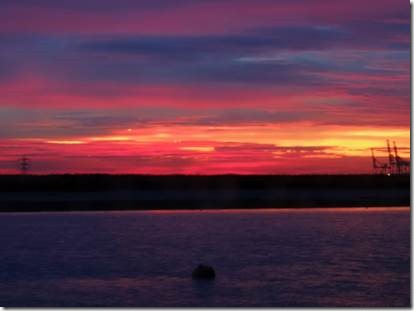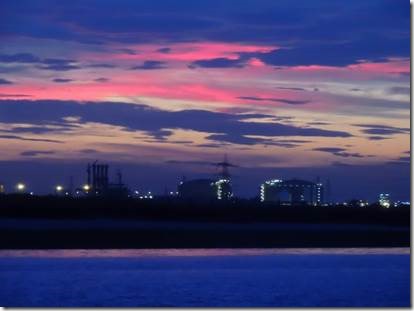Cheers
Boy am I pooped! We went off “out and about” today and must have walked miles and miles and miles…. We had to find a “rewind shop” in Loughbough which was a tube and train ride away. Then we got back onto the train and got off at a stop called Elephant and Castle to check out the charity shops. I am still looking for a possible volunteer opportunity. But that might be just too far. There are some shops closer in Pimlico which we visited the other day. I certainly have been sleeping well with all of this walking, and the quiet at night.
This email is about our rather eclectic visit to Charing Cross Road last Sunday. Yesterday Roanoke pal Jane Field and I went exploring and I took lots of photos so you’ll see those soon. So many photos to sort through and write about and lately I’m ready to go to sleep by 9 pm. Last night I didn’t even make it that late and didn’t wake up until 8 am this morning!
Ru
Charing Cross Road
We set off late last Sunday morning to Charing Cross Road for two reasons; visit the book shops and see the plaque at 84 Charing Cross Road. I had read the wonderful book by Helene Hanff and had also seen the movie with Ann Bancroft and Anthony Hopkins. And I’d also read Hanff’s autobiographical books. As it was Sunday most shops didn’t open until noon due to Sunday retail restrictions. “Under Britain’s Sunday trading laws, any shop over a certain size is forbidden from selling goods for more than six hours each Sunday. The law leads to some absurd situations. Customers can be forced to wait outside, while staff and goods wait inside, or they may be permitted to browse the aisles but not buy anything, like a child under strict orders in a sweet shop.” – See more at: http://www.cityam.com/
|
Amen“ Long before the American writer Helene Hanff immortalised the street in 84 Charing Cross Road (1970) – an account of her 20-year correspondence with a buyer at the antiquarian booksellers Marks & Co – the area enjoyed a storied association with the city’s literary scene and its accompanying book trade. In its 1950s heyday, denizens of the nearby drinking dens of Soho, from Dylan Thomas to Auberon Waugh, would stagger from shop to shop, scanning the heaving shelves. By the turn of the century, that association was fast breaking down. Endless rent hikes and the rising popularity of online shopping led to the ousting of local institutions such as the feminist bookshop Silver Moon, which found refuge in the larger indie Foyles. Another casualty was Murder One, then the UK’s only crime and mystery bookshop. Gone, too, are the art specialists Shipley and Zwemmer and even larger rivals such as Waterstones and Borders. Quinto’s shop near the British Museum closed years ago and its labyrinthine Charing Cross Road branch was moved up the road. In its place today is a Patisserie Valerie. But the area’s remaining booksellers are fighting back. One recent Saturday, Rupert Street in Soho held its first “international book fair” – in reality, a few stalls manned by a couple of charities, a library and a small selection of central London’s indies. Despite the economic gloom, the mood was positive……….Where Paris protects its bookshops with subsidies and by fixing trading prices, London seems intent on catering for Starbucks and other corporate chains. I for one hope the indies’ emphasis on community and expertise saves them from ruin” Yo Zushi |
|
Trafalgar Square On our way to Charing Cross Road we passed through Trafalgar Square but didn’t really stay long as BOOKS were our goal. “Managed by the Greater London Authority, Trafalgar Square is a landmark in central London enjoyed by Londoners and all visitors alike. It is a lively place often used for a wide range of activities including: special events and celebrations like the Royal Wedding, Olympics One Year to Go, St Patrick’s Day and Chinese New Year; filming and photography; and rallies and demonstrations.” – See more at: http://www.london.gov.uk/ In 1843 Nelson’s Column, designed by William Railton, was erected, and in 1845, the fountains were built based on designs thought to be by Sir Charles Barry. – See more at: http://www.london.gov.uk/ |
|
The plinth was originally designed by Sir Charles Barry in 1841 to display an equestrian statue, however due to insufficient funds the statue was never completed. In 1998 – over one hundred and fifty years later – the Royal Society for the Encouragement of Arts, Manufactures and Commerce (RSA) commissioned three contemporary sculptures by Mark Wallinger, Bill Woodrow and Rachel Whiteread to be displayed temporarily on the plinth. – See more at: http://www.london.gov.uk/ Currently on the Fourth Plinth Following the enormous public interest generated by these commissions, the Mayor of London began the Fourth Plinth Programme to continue this tradition and build on its success. The Fourth Plinth has since featured works including Marc Quinn’s Alison Lapper Pregnant (2005), Thomas Schütte’s Model for a Hotel (2007) Antony Gormley’s popular One and Other (2009), Yinka Shonibare’s Nelson’s Ship in a Bottle (2010), the recent commission Elmgreen & Dragset’s ‘Powerless Structures, Fig. 101’ (2012) and the new commission, Hahn/Cock (2013) by German sculptor Katharina Fritsch. – See more at: http://www.london.gov.uk/ Fourth Plinth with Blue Rooster |
|
Walking towards the National Gallery |
|
As the shops weren’t yet open, we walked along Charing Cross Road and discovered all kinds of things: a monument to Edith Cavell, the Public Library, the theater where Agatha Christie’s Mounstrap is playing, and a section of the neighborhood devoted to music. Edith Cavell “Edith Cavell was the World War I British nurse who is celebrated for saving the lives of soldiers in Brussels from all sides without distinction. She and Belgian and French colleagues helped over 200 Allied soldiers escape from German-occupied Belgium. She was arrested, tried with 33 others by a German military court, found guilty of ‘assisting men to the enemy’ and shot by a German firing squad on October 12 1915 http://www.edithcavell.org.uk/ |
|
Charing Cross Public Library http://www.westminster.gov.uk/services/libraries/findalibrary/charing/ |
|
https://www.the-mousetrap.co.uk/Online/ I may have seen this back in the 80s with my pal Martha on our bike trip to England; but I can’t remember. Hmmmm “The play is a curious mixture of 1950s drawing-room comedy and murder mystery. The key, says Watt-Smith, is not to send it up. "You have to concentrate on the reality of the situation. Everyone is trapped in this guesthouse – they have no means of contacting the outside world, and the murderer is among them. No one is quite what they seem. They all have secrets. You have to encourage the characters to play the real backstory and then cover it up, which is a challenge." http://www.theguardian.com/ |
|
84 Charing Cross Road then… “In June, 1971, a slim volume by a little-known, middle-aged American writer, Helene Hanff, was published in Britain. Called 84 Charing Cross Road, it was a most unlikely bestseller – simply a collection of letters between the impecunious book-lover Hanff, in New York, and the staff of Marks & Co, an antiquarian bookshop in London. The correspondence spanned two decades – from Britain’s post-war austerity to the height of the Swinging Sixties – and was full of warmth, humour and humanity. If our notion of the “special relationship” between Britain and America means anything at all, it is embodied in the pages of Hanff’s little book.” |
|
84 Charing Cross now or just next door : the plaque is just next to where this restaurant is located. |
|
Musical instruments, sheet music, the Alley Cat Club…. |
|
Then it was time to find some coffee so we headed back toward the bookshops http://www.theguardian.com/artanddesign/2012/jan/16/claire-de-rouen is the obit for the owner of Clare de Rouen Books (the blue letters in the upstairs window) and it’s quite interesting. It looked quite dark, but I read that it is still open. The shop focuses on fashion and photography, but one day, if it’s really still open, it would be fun to go. Not so sure about Soho Original Books next door. Apparently the street level shop is a regular book shop and the basement shop isn’t a regular bookshop |
|
Café at Foyles Books Our scone with clotted cream and jam was only okay and my cappuccino was not hot so I don’t give the café high marks for food. But the atmosphere was as it should be and you had access to the bookshop starting at 11:30 am though you couldn’t buy anything until noon. http://www.timeout.com/london/restaurants/cafe-at-foyles says the food is good but misses the jazz that used to be there. |
|
A temptation; but I’ll wait and read it when I have my library card. http://www.foyles.co.uk/bookshop-charing-cross UK National Bookseller of the Year 2013 & 2012! Celebrating 110 years, est 1903. A UK registered company. Visit us instore & online. Foyles We did buy a small, easy to carry, London street atlas and I bought Jewish London which tells Jewish history in London and offers maps and walking tours. |
|
Playing for his supper. On our way back toward the tube to go home we saw this young man playing tunes on a roadside cone. He was quite good actually. |
|
We did make a quick visit to the National Portrait Gallery which is free; except for the special exhibits (I always like to see people with books!) |
|
Maggie Smith Doris Lessing There was a David Hockney self-portrait that I liked but no photos were allowed of that one. |
|
A collection of “portraits” by Bob “Internationally acclaimed musician and poet, Bob Dylan, introduces us to twelve enigmatic subjects, including Red Flanagan, Skip Sharpe and Ursula Belle. Rendered in pastel these sketches by Dylan offer an intriguing insight into his view of people and characters.” http://www.npg.org.uk/ http://www.theguardian.com/ makes me want to see them again. |
|
Harry and William I thought this one was quite good and really captured the boys. “First painted double-portrait of Prince William and Prince Harry on show for the first time at the National Portrait Gallery ……. Artist Nicola J ‘Nicky’ Philipps (b. 27.08.64) trained at the City and Guilds School of Art and the Cecil Graves Studio in Florence. She has undertaken a number of high-profile portrait commissions including the writer Ken Follett. She exhibited in the BP Portrait Award exhibition at the National Portrait Gallery in 2005. She says: ‘It was a great privilege to be asked to paint the Princes for the National Portrait Gallery. They were very good company and although I was commissioned to paint them in their official context, I hope I have also captured some of the brotherly banter that characterized the sittings.’ http://www.npg.org.uk/ |

